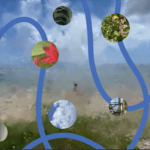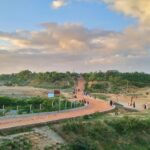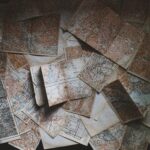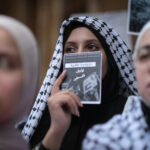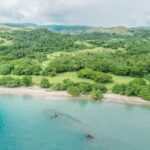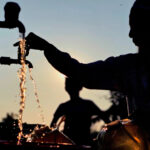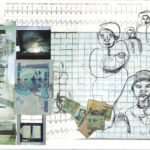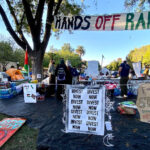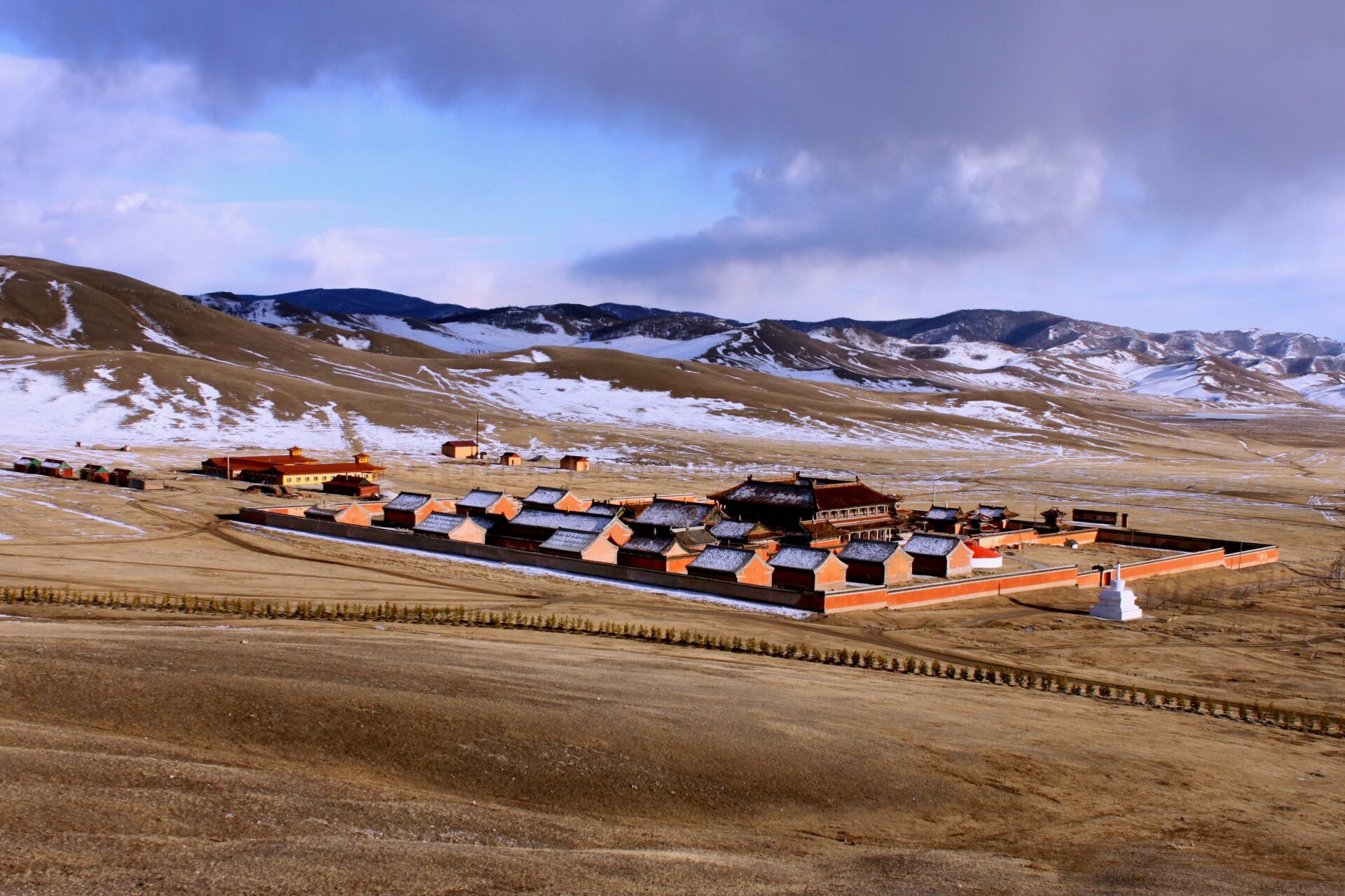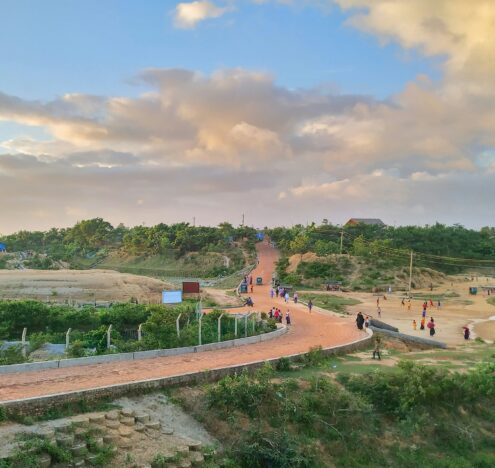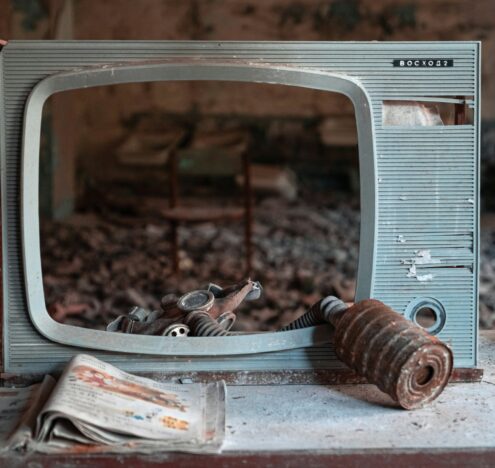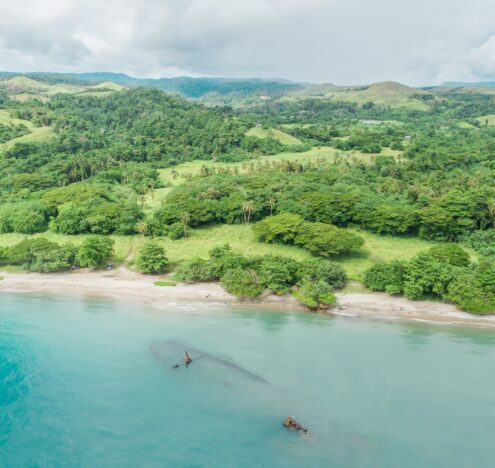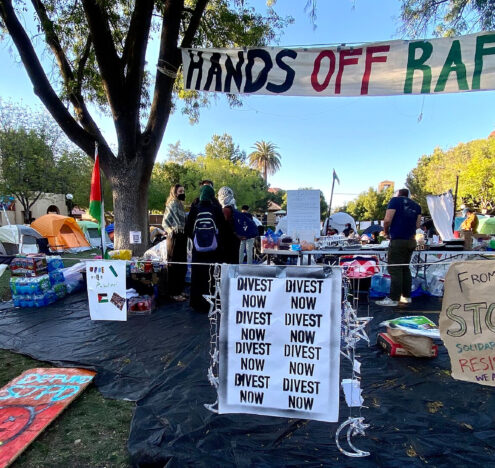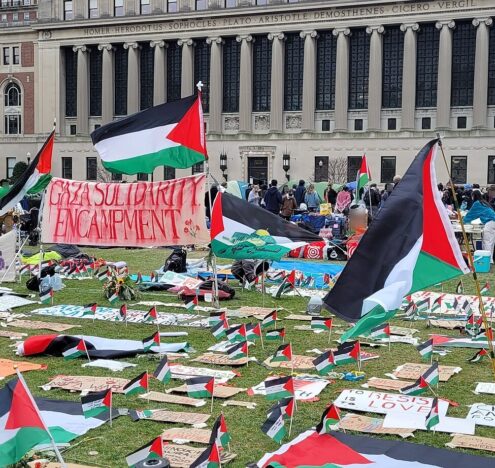Like many Mongolians, my personal introduction to Buddhism was circuitous. A decade ago, an acquaintance of mine insisted I visit a Buddhist temple that was under construction near Ulaanbaatar. There I met and received a blessing from a Tibetan monk, who seemed unassuming at the time. I later learned that this demure monk was Nechung, the state oracle of Tibet — an important protector-priest who can be possessed by spirits who offer guidance — and an important advisor to the 14th Dalai Lama in exile in Northern India. Since the Dalai Lama’s last visit to Mongolia in 2016 drew prolonged and coercive ire from Beijing, Nechung serves as a crucial envoy, keeping ties between Mongolia and Dharamsala alive.
At the time, it was not long after the 9th Jebtsundamba Khutuktu had died in 2012. The Jebtsundamba Khutuktu is Mongolia’s own reincarnate lama, widely described as one of the three highest offices of Tibetan Buddhism, and Mongolia’s spiritual leader. The 9th Khutuktu, who was born in Tibet and resided most of his life in relative oblivion in rural India, was chosen as the reincarnation of Mongolia’s last monarch in secrecy after Communist Mongolian leaders had banned the reincarnation following the prior Khutuktu’s death in 1924. After the 1990 Democratic Revolution, Mongolians of all walks of life publicly strove to permanently return their religious leader. They finally succeeded in 2010 when the president granted the 9th Khutuktu Mongolian citizenship. By then, the 9th Jebtsundamba Khutuktu was nearing the end of his physical incarnation. Before he passed, he promised to be reborn in his spiritual homeland. The question of where and when he would reincarnate is both spiritual and geopolitical, it is at the nexus of the fight between China and the Dalai Lama to control the future of Tibetan Buddhism.
Fast forward to March 2023. During a religious ceremony in Dharamsala, the 14th Dalai Lama announced the presence of the 10th Jebtsundamba Khutuktu — a humble 8-year-old Mongolian boy born as one of identical twin brothers in the United States. The news ended years of intrigue, fears, and rumors, ultimately relieving a century-old struggle to bring Mongolia’s holiest man back into his rightful abode. As we found out recently, it was the same oracle Nechung that I had met that the Dalai Lama sent to convince the reluctant parents to accept the boy’s spiritual fate.
Despite attracting attention from media and expert circles, none of the commentaries on the event tried to explain why Mongolia needed its own holy man in the first place and what sort of life he is being groomed for. Ironically, this ignorance of Mongolia’s agency is one of the very reasons why Mongolia needed to resurrect its long-lost spiritual leader.
The Making of the Jebtsundamba Khutuktu
To explain why Mongolians needed their Jebtsundamba Khutuktu — locally known as the Bogd, the holy one — we can’t simply go through the historical narrative. Instead, what is needed is a deeper understanding of the Mongols’ point of view and their interpretation of the region’s state-building traditions. As cliché as it may sound, let us go back to the times of the Mongol Empire.
Contrary to popular opinion, the largest contiguous land empire founded by Chinggis Khan did not collapse or disappear into oblivion after his death in the 13th century, but continued to grow and morph into many imperial models that shaped many parts of Asia for centuries. For the East and Inner Asian empire of Yuan, founded by Chinggis’ grandson Kublai, the primary model for granting legitimacy to leaders was that of a Buddhist empire ruled by a perfect universal sacral ruler known as the chakravartin. The Mongols believed that Buddhist wisdom allowed them to govern over people of various faiths, who almost always outnumbered them. Kublai also instituted a teacher-patron relationship with his imperial preceptor Phagpa, in which the the chakravartin deals with the “state” matters while the “teacher” deals with spiritual “church” matters. The chakravartin is meant to be wise and listen to his teacher, who helps him govern with wisdom and keep the giant state in balance. Subsequently, it was when the Mongol emperors stopped following the advice of their Tibetan Buddhist teachers that the Yuan fell in 1368, forcing Mongols to retreat to the north of the Great Wall.
In March 2023, the Dalai Lama announced the presence of the 10th Jebtsundamba Khutuktu — a humble 8-year-old Mongolian boy born as one of identical twin brothers in the United States. Despite media attention, no one explained why Mongolia needed its own holy man. Ironically, this ignorance of Mongolia’s agency is one of the very reasons why Mongolia needed to resurrect its long-lost spiritual leader.
However, the Mongols of Northern Yuan, as it came to be known, continued to believe in their ability to reconquer what was once theirs. It was in this environment that the 1st Jebtsundamba Khutuktu, aka Zanabazar, was born in 1635, as a son of the ruler of Tüsheet Khan in one of the Chingissid principalities ruling over Khalkha Mongolia. This area roughly corresponds to modern Mongolia. Zanabazar, who from an early age displayed prodigious gifts in religious, artistic, and architectural fields, was proclaimed as the religious leader of the Khalkha Mongols. The 5th Dalai Lama recognized him as the reincarnation of a Tibetan scholar, Jetsun Taranatha, who had died in Mongolia in 1634. Hence the title of Jebtsundamba Khutuktu, which translates as the “Reverend Noble One” in Tibetan.
The creation of Jebtsundamba’s institution as well as the other two highest-ranking lamaist institutions — the Dalai Lama and the Panchen Lama — coincide with the period of Inner Asian history, where various Mongol monarchs vied to emulate Kublai Khan’s imperial model of combining the Chinggisid lineage with that of Buddhist wisdom. This model led the Altan Khan of Tumed Mongols in present-day Inner Mongolia to grant the title of Dalai Lama to the leader of the Tibetan Buddhism’s Gelug sect in 1580. Another group of Mongols — the Khoshuts in modern-day Qinghai — promoted the Panchen Lama institution to its current status. However, it was the Manchus who ultimately succeeded in resurrecting this model, laying the foundations of their Qing dynasty with the Horchin Mongols of Eastern Inner Mongolia, and they are the ones who completed the conquest of all of the Mongol, Tibetan, and Chinese lands by the 1750s. For this reason, where the marriage and autonomy of the Mongols were tied to the Manchus (not the Chinese), Zanabazar would become the teacher of Emperor Kangxi, in line with the Yuan tradition.
The difference between Jebtsundamba’s institution and those of the Dalai Lama and the Panchen Lama lay in the fact that he was both Chinggisid and Buddhist in one person, which made him potentially a dangerous challenger to the Qing imperial throne. His later reincarnations were arranged to be chosen in Tibet rather than in Mongolia, and arguably the reason why Jebtsundamba Khutuktus never lived long enough into adulthood was to prevent them from growing into their Mongolian identity and start having political weight. That was the case until the 8th Jebtsundamba Khutuktu, who was well-protected and nurtured to become a “Mongol” by the Khalkha nobles.
The Last Monarch
In 1911, when declaring independence from the Qing Empire, one of the specific grievances Mongolia made was that of the “takeover of the Manchu state by Han officials.” For the Mongols, who were co-creators of the Qing Empire, the takeover marked a point of departure from the foundational agreement with the Manchu ruling clan of Aisin Gioro. In the absence of such an imperial arrangement, the legitimate ruler who could unite the Mongols was none other than the 8th Jebtsundamba Khutuktu, who was enthroned as the Bogd (Holy) Khan, ruling over both the state and religious matters. In language closer to Western audiences, Bogd was both caesar and pope, and in the minds of the Mongol nationalists, he was both the direct institutional descendant of Chinggis Khan and a Holy Buddhist ruler, emulating the Inner Asian state tradition and ensuring continuity with the very origins of Mongol statehood.
Modern security studies use the term “ontological security” to describe non-physical aspects of security, in which a state’s identity is just as important as its physical security. Simply put, states have “selves” and are anxious to feel safe knowing where their selves begin and end. The Mongol elite of 1911 did not use such terms but certainly knew the power of identity and the norms established by powerful state-building traditions.
In the 21st century, both Russian and Chinese imperialist discourses claim the legacy of the Chinggisid Mongols, openly cooperating to isolate Mongolia. That Mongolia is now free to publicly acknowledge the reincarnation, and that the 10th reincarnation of the Jebtsundamba Khutuktu — in addition to being a Buddhist saint — is ethnically Mongol, is essential for reinforcing Mongolian national identity. In a secular nation where communist purges exterminated all the Chinggisid royalty, the 10th Jebtsundamba Khutuktu is the closest thing to both royalty and god, making him essential to the nation-state’s political identity.
For a Buddhist nation that believes Chinggis Khan to be a proliferator and protector of its religion in Inner Asia, the 10th Jebtsundamba Khutuktu provides a direct spiritual and institutional link to the very origins of the nation, all the while serving as a living icon who can remind the nation about its continuity and identity. Therefore, it is no surprise that Mongolian authorities treated his reincarnation process as a national security issue with extensive transnational efforts to legitimize and protect him.
Quo Vadis Bogd?
According to the Mongolian religious establishment, the 10th Jebtsundamba Khutuktu is being groomed for great religious deeds, hinting at a global role rather than solely a “national” profile. At the same time, there are already signs of the type of international role being designed for the 8-year-old boy. In late 2022, the Secretary of the National Security Council of Mongolia, Enkhbayar Jadambaa, traveled to the United States and met National Security Advisor Jake Sullivan as well as US Under Secretary Uzra Zeya, who serves as the US Special Coordinator for Tibetan Issues. The issue of Tibetan Buddhism was undoubtedly on the agenda, where the birthright US citizenship makes it easier for Washington to engage directly in the protection of the 10th Jebtsundamba Khutuktu, while Mongolian leaders need an assurance that the United States is now even more invested in Mongolian democracy.
In 2022, the representatives of Mongolia’s Foreign Ministry, clergy, and political establishment met Pope Francis on several occasions. Consequently, the pope is expected to visit Mongolia in September 2023. Notably, the man who invited Pope Francis was Mongolia’s ex-President Nambaryn Enkhbayar, a valued friend of Washington’s Tibetan Buddhist lobby.
This early focus on the Catholic World fits well with the international peace agenda of the Holy See. By drawing direct connections to the 800-year-old diplomatic correspondence between the Vatican and the Mongol Empire and the tradition of religious tolerance, the Vatican seems to understand that Mongolia with the Jebtsundamba Khutuktu is a potent ideological reminder of the order that preceded the People’s Republic of China, thus is indirectly beneficial for Chinese Catholics.
It appears that just like how the communist People’s Republic of Mongolia used Buddhist Internationalism in 1970 to break itself from isolation and project soft power through the Asian Buddhist Conference of Peace, the future role of Mongolia’s clergy under the leadership of 10th Jebtsundamba Khutuktu will be that of filling the gap of Mongolia’s soft power deficit, which official government institutions are unable to meet in the face of Chinese and Russian pressure.
I acknowledge that the limitations of our current international order, as well as the Russian and Chinese attempts to re-order the global status quo, increasingly put Mongolia at a disadvantage. The “order” that preceded the current one and the institutional heirs of it in the form of 10th Jebtsundamba Khutuktu and global Buddhism gives Mongolia an important way to circumvent such limitations.
Once he reaches adulthood, the 10th Jebtsundamba Khutuktu will have big shoes to fill both domestically and internationally. Nonetheless, the generations of people who invested in making this happen will be encouraged by the fact that the most challenging part is already behind us and that the ability of the Mongolian religious and political establishment to maintain its way of life in the face of foreign pressure has undeniably proven to be a litmus test of its sovereignty.
Personally, I feel palpable relief now that I know that the 10th Jebtsundamba Khutuktu is alive and recognized. His presence grants me an intangible sense of security and a certain pivot in my existence. With his identical twin brother and potential US citizenship, I feel there are layers of insurance that guarantee the Bogd’s continuity. (I also wonder if — like the younger brother of the 8th Jebtsundamba Khutuktu, whose palaces still adorn downtown Ulaanbaatar — the twin brother of the Bogd will also be given religious education and become the State Oracle for Mongolia.) These parallels will not simply be feel-good points of nostalgia; these are meaningful facets of the vitality of memory and the continuation of our heritage that continue to define us as a people and a nation.
Munkhnaran Bayarlkhagva is a geopolitical analyst and election observer based in Ulaanbaatar. Previously, he worked at the National Security Council of Mongolia.


